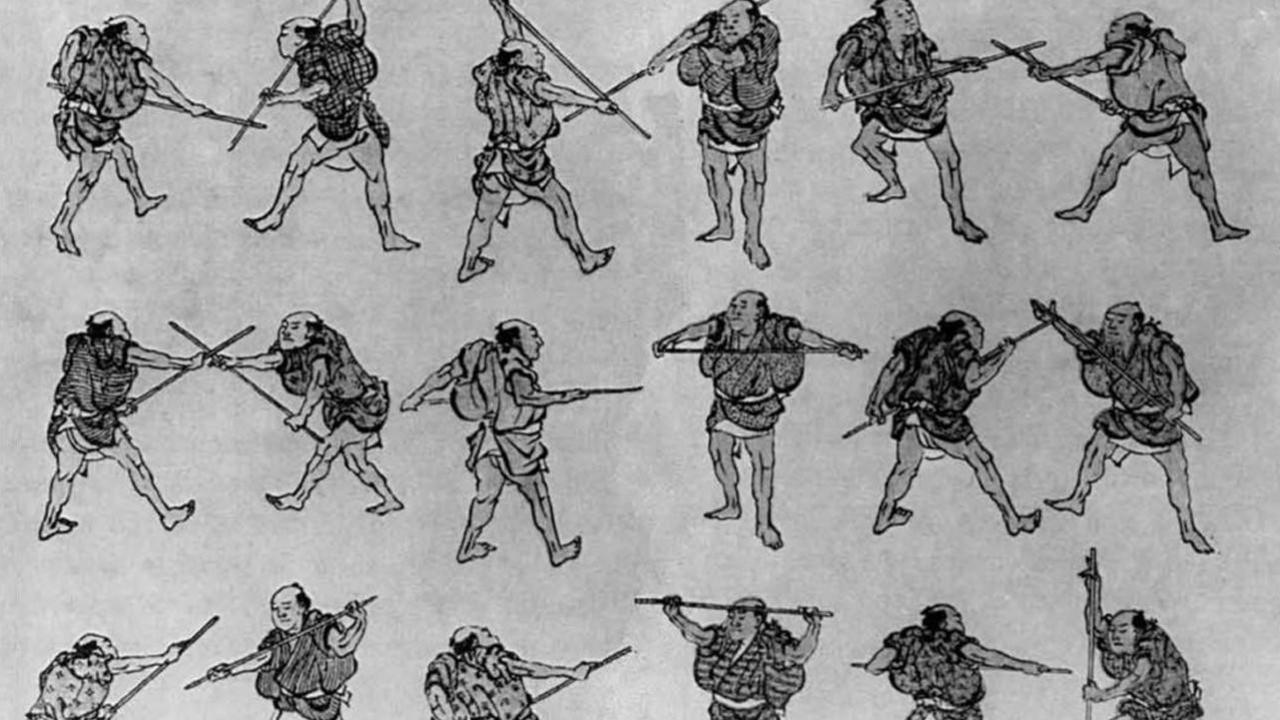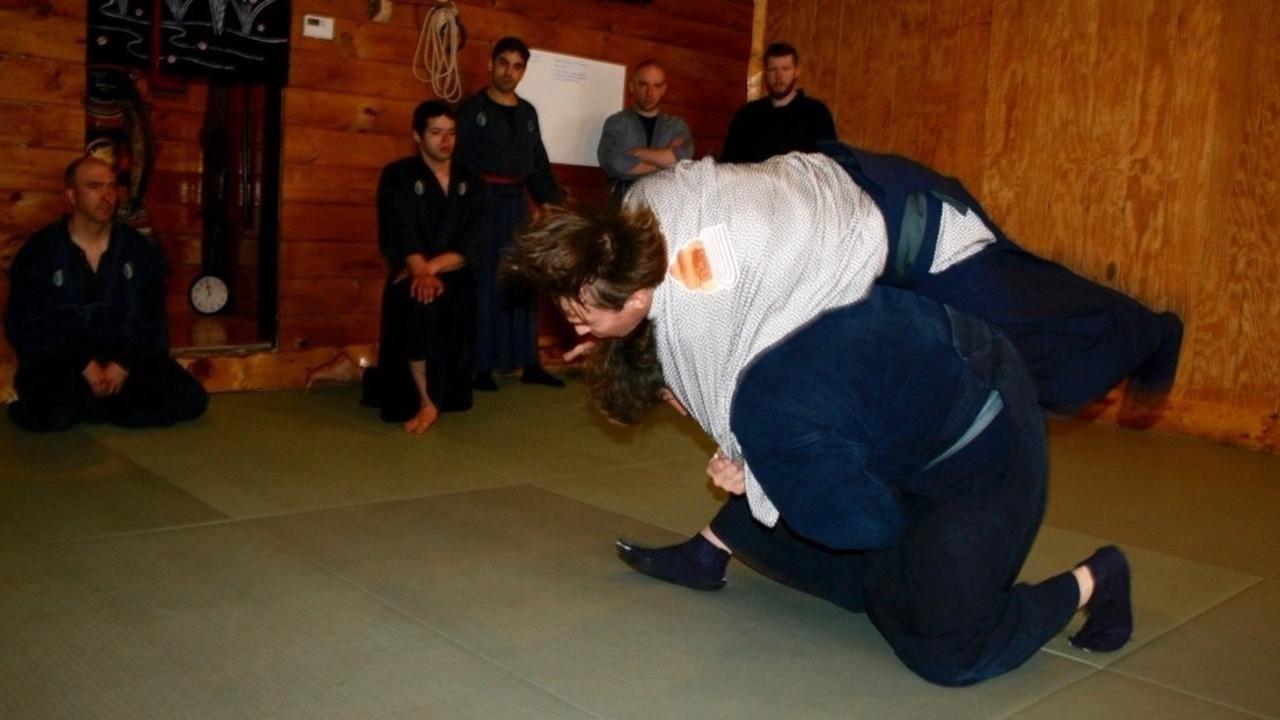While training the The Hanbōjutsu of Kukishin Ryū in Japan during the Spring of 2008, Unsui Sensei explained to me the use of otonashi no kamae.
His lesson was premised on the principle of “be an ea...
At our Dojo, we began Tessenjutsu in September, 2014. Our goal is to complete the Kamae Kihon and Kata by January, 2015. To help support this training and make it more comprehensive, I’ve written this...
There’s two new blocks of concrete hanging around the Dojo right now. Actually, there is going to be quite a few over the next few months as I build by hand each piece of training equipment for Hojo u...
There sure is alot of discussion about ‘form.’ It seems that this discussion is really centered around the varying training methods of instructors in the Bujinkan Dojo. I really don’t see instructors ...
I found this little gem in some old notes today dating back to from May, 2001. It is on Kiai, 気合.
“Today we trained the final techniques of the Naginatajutsu and there was a strong emphasis on the us...
While training Gyokko Ryū with Sensei and my colleagues, he stopped our lesson briefly to explain that your movement “should be like many pieces of paper having the same thickness as one.” Without see...
真剣型体術
Sensei began by explaining that the Shinken Gata followed the same kata sequence as the Kukishinden Ryu with the exception of added kata at each level. The distinguishing differences between the ...









